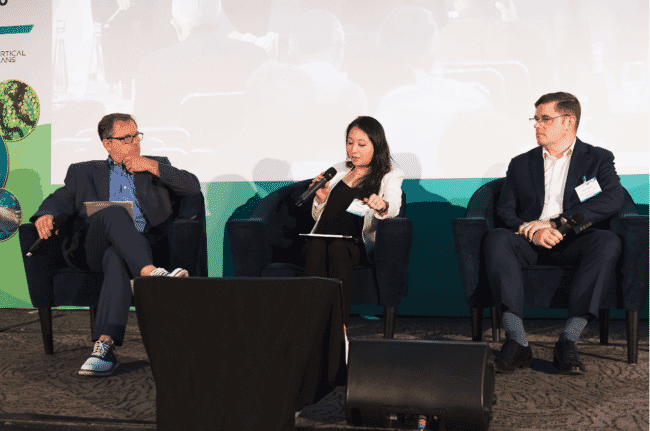
iCell Aqua CEO Mark Rottmann (L) and Thai Union's Chris Aurand (R) shared their views on circular aquaculture with delegates in London © reThink Events
“All of those solutions with the algae and aquaponics are wonderful, but they won’t address RAS if RAS grows exponentially. We’ll have too much waste and too much volume,” iCell Aqua CEO Mark Rottmann told delegates at the recent Blue Food Innovation Summit in London. In a presentation with Thai Union’s Chris Aurand on circular aquaculture systems, Rottmann explained that the industry’s new push towards circularity in land-based systems still leaves multiple unanswered questions – especially around waste utilisation and recycling.
The key pitch of circular aquaculture involves re-utilising wastes from aquafeed, faeces and processing as a raw material for spin-out products like feed ingredients or high-value compounds. Practitioners will typically put waste streams through a bacterial fermentation process, an algal photosynthesis cycle or an anaerobic digester to produce biogas. These processes treat the waste and create secondary raw materials. This not only allows the nutrients in the system to be recycled, but it also prevents the wastes from being discharged into the local environment.
For producers and entrepreneurs who are looking to establish a recirculating aquaculture system (RAS) or a land-based unit with a flow-through system, becoming circular could mean converting a loss on the balance sheet into a value-add.
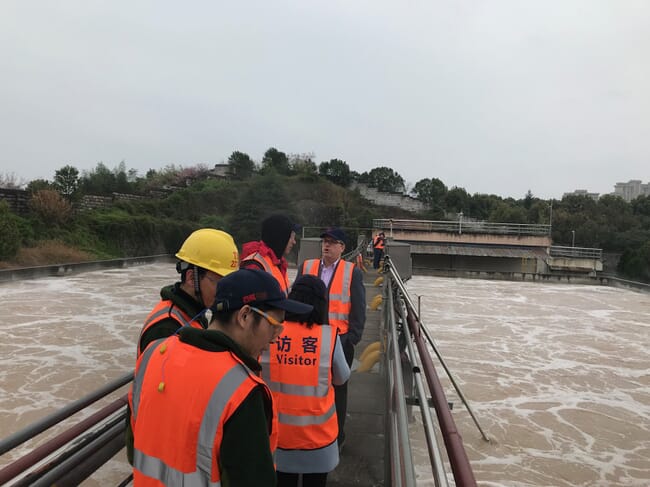
iCell Aqua's bacterial fermentation basins at their facility in Tiantai, China © iCell Aqua
Though this business strategy is compelling, Rottmann stressed that achieving circular production is complex. The upfront investments aren’t for the faint of heart, and there are multiple calculations that need to pass muster before the system takes off. Farmers face difficult choices when pursuing circularity – they need to be strategic when making a choice between algal processing, bacterial fermentation or biogas.
But as regulators and investors are being wooed by the sustainability credentials of RAS, the industry will face increasing pressure to address farm waste in eco-conscious ways. Land-based systems still generate thousands of tonnes of sludge from uneaten feed, faeces and fish mortalities – and if large-scale RAS facilities proliferate, this waste footprint does as well.
Both Rottmann and Aurand explained that instead of maintaining the status quo – where RAS operators haul their wastes away from production sites – producers should capitalise on them. However, Aurand and Rottmann had different ideas on where the key opportunity was for circular aquaculture production.
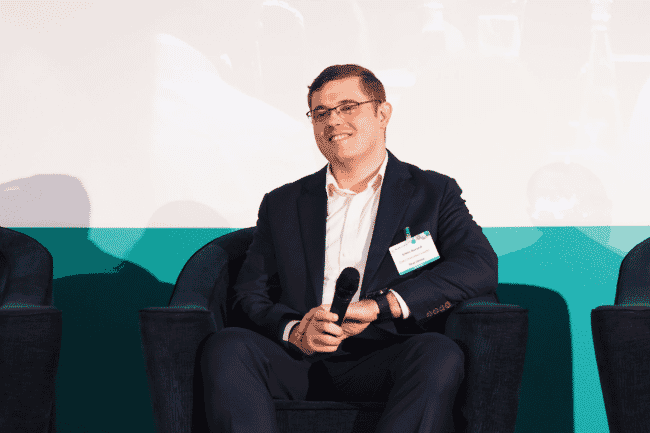
Aurand has seen multiple startups include wastewater streams as part of their land-based business models © reThink events
Each system and solution has its own fit depending on the waste stream. Whether the stream is consistent or “pure” plays a huge role in how it can be processed. Promises of generating high-value compounds like Omega-3 and astaxanthin from waste streams may represent only a small fraction of outputs in circular systems. In Rottmann’s view, bacterial fermentation and single-cell proteins (SCPs) provide the best biological solution to deal with large volumes of effluents from multi-thousand tonne RAS sites.
Waste not, want not
Aurand noted that farmers across Asia are beginning to embrace circularity because of its positive environmental impacts. Finding alternate applications for wastewater prevents it from being washed into local ecosystems – utilising it will prevent pollution and win public buy-in while yielding a feed ingredient or other byproduct.
In his role as Thai Union’s open innovation leader, he has seen multiple startups include wastewater streams as part of their land-based business models. The water contains high nitrogen and phosphorous concentrations, as well as phosphates and other minerals. “The plants and algae love it,” Aurand explained. This presents a bioconversion opportunity and gives entrepreneurs a way to take advantage of value-adds and other economic gains.
Though it requires upfront investment, Aurand noted that the byproducts let land-based producers earn more money and offset the costs of running a RAS. The entire aquaculture sector has the potential to develop and adopt systems that can utilise wastewater and recycle it at a reasonable economic outlay. The sustainability and economic boons of this approach are a no-brainer.
When getting down to day-to-day operations, Rottmann told delegates that “sustainability” in land-based aquaculture systems goes beyond a simple focus on fish-in-fish-out (FIFO) measures. RAS operators need to consider other factors – like waste nutrients from faeces and uneaten feed – if they adopt circular models.
Instead of fish-in-fish-out, Rottmann pitched the concept of all inputs-in versus waste-out for land-based farms. 99 percent of the waste nutrients in RAS water are hauled away and disposed – preventing them from being re-utilised or potentially valorised. Considering the size of commercial RAS operations, this isn’t a small footprint. “If you have a 10,000 tonne RAS, then you get 2,000 tonnes of waste, uneaten feed, mortalities…and lost nutrients,” Rottmann said. The lost nutrients are calculated on a dry matter basis, yet the fish is greater than 72 percent water and less than 28 percent protein and oil – that amounts to almost a 1:1 ratio of waste versus fish when compared on a dry matter basis.
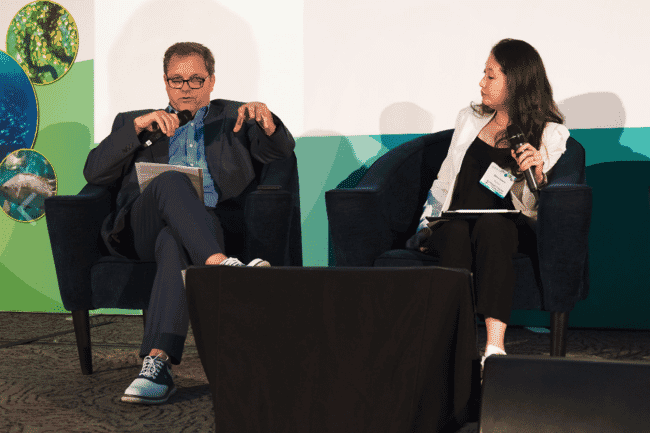
Rottmann told delegates that bacterial fermentation and single-cell proteins (SCPs) provide the best biological solution to deal with large volumes of effluents from multi-thousand tonne RAS sites © reThink Events
The dividends from waste derivatives
The sheer volume of waste that comes from large-scale RAS businesses is both a challenge and opportunity. Aurand and Rottmann outlined three potential avenues to process and reutilise these waste streams.
The first is bacterial fermentation. In this system, a solid waste stream of uneaten aquafeed and faeces is fed to a bacterial population under controlled parameters and then fermented. After the fermentation process, the bacteria produce a single-cell protein that can be used as a feed ingredient. The remaining water in the system is treated and can be re-used. Rottmann explained that the conversion rate in these systems – or the amount of waste that is processed and valorised – can be as high as 99 percent. It is also best suited for RAS farms that are greater than 1,000 metric tonnes.
Integrating a bacterial fermentation with a RAS waste stream could yield additional benefits. Fish produced in recirculating systems can reportedly have “off” flavours from the geosmins and biofilms that gather on media filters that “polish” the recirculated water. Rottmann said that – on paper at least – fermentation oxygenates the water, hindering biofilm accumulation. The additional dissolved oxygen in the water could reduce geosmin metabolites and the off flavours in the finished fish.
Aurand noted that multiple startups are using the fermentation concept to produce sustainable feed ingredients for aquaculture and agriculture. He also hinted that there’s scope for waste-fed bacterial fermentation to be used in the human food sector. “There’s lots of opportunity to convert these waste streams into much higher-value products,” he said.
Another potential treatment option for RAS waste streams comes from biogas. In this system, solid wastes are fermented and the resulting gasses are captured and used as fuel. Rottmann told delegates that though biogas utilises wastes, there’s a catch: “[biogas] only converts 40 percent of the inputs into methane gas, 60 percent can still remain as sludge to be hauled awayGas leakages present another hurdle, “if you have only 3 percent methane leakage which is likely, you’ve undone all the carbon reduction good of producing the biogas,” he said.
Algae photosynthesis was the third processing method. In this case, waste nutrients in water are fed to different algae populations that break them down as they photosynthesise. This process removes CO₂ from the stream. As the algae proliferate, they can also serve as a source of Omega-3 fatty acids or bioactive compounds that can be further refined and utilised. According to Aurand, though this process is expensive to run, it generates a huge economic return for the farmer.
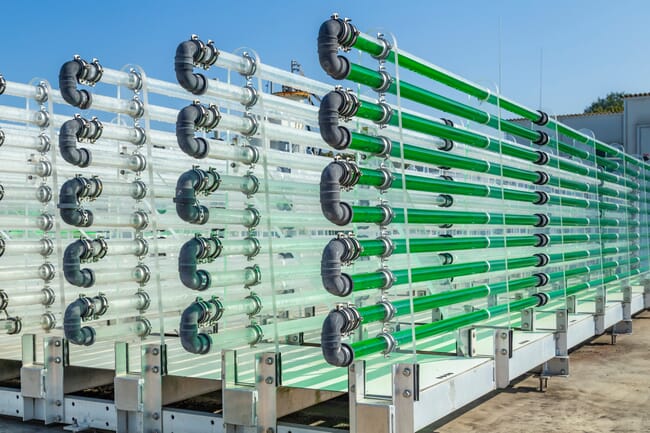
Algae can help purify wastewater streams as they photosynthesise
Taking a dual approach to waste processing
Rottmann told delegates that the different systems require different levels of biosecurity and nutrient levels to function. Many systems are growing a specific type of bacteria or algae – producers need to be careful about the nutrients that go into those processes. “You may need pure CO₂ in these systems, but if you’re going after the wastewater in a RAS, you won’t have a lot of control. You’re going to have a lot of variability.”
“We need to find an inexpensive way to convert waste into something useful, a high-volume commodity that isn’t just trying to extract a single compound like an Omega-3 or astaxanthin,” Rottmann said. He explained that initially, bacterial fermentation could be the most logical starting point
In Rottmann’s experience, bacterial fermentation can process wastes at a faster rate – sometimes, three to five times faster – than algae. Bacteria can also consume a larger waste molecule and capture between 90 and 95 percent of the waste during the first fermentation process. Though algae can produce compounds that fetch a premium on the market, they have some limitations. They can’t photosynthesise in the dark, and they tend to metabolise smaller, organic molecules.
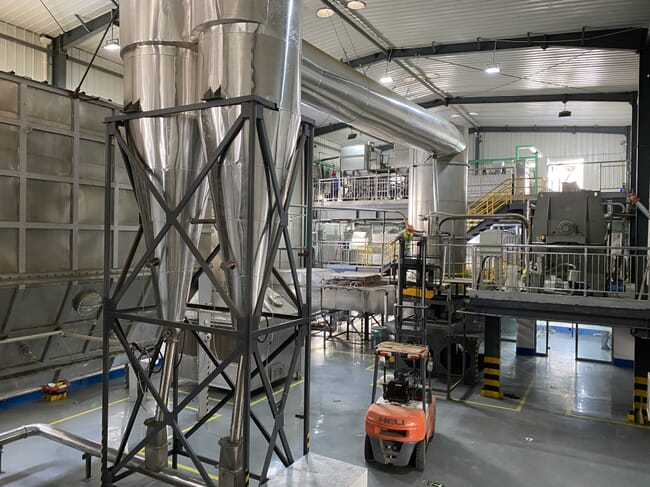
Bacterial fermentation can process wastes at a faster rate – sometimes, three to five times faster – than algae © iCell Aqua
When answering audience questions, Rottmann explained that the aquaculture industry produces too much waste to solely rely on algae: they need another tool in their arsenal. However, Aurand and Rottmann hinted that combining bacterial fermentation and algae photosynthesis is feasible. In fact, the systems could play nicely into one another.
In this setup, a single-cell protein could be the main output from the waste processing, and the high-value compounds could be produced later in the value chain. This means that producers would ferment the raw waste stream, letting the bacteria consume 90 percent of the nutrients – and then let algae process the smaller molecules and residual materials. This would yield a feed ingredient for the fish that could be re-utilised while the algae byproducts would generate a healthy value-add for the RAS operator – and there would be zero waste discharged from the aquaculture unit.
Why aren’t we doing this now?
On paper, this sounds like a slam dunk – but Aurand and Rottmann both concede that building or retrofitting this type of waste processing system is capital intensive. Rottmann told delegates that this was the main stumbling block for circular aquaculture. “It’s not about, ‘does the technology work or not?’, it’s, ‘who’s going to pay for it?’ and ‘who’s going to do it?’”
However, Rottmann noted that if investors take a long-term view of circular systems, the high upfront capital could be met with consistent returns for the business. Instead of having a single output – the fish grown in the RAS – producers could have as many as three outputs while decreasing input costs.
In Rottmann’s view, the push for circularity could become more urgent in the future. Land-based aquaculture firms won’t be able to write off their wastes indefinitely. Regulators will likely take a dim view of the sludge from recirculating systems, and either tax it by volume or create strict rules about how and where it can be dumped. If the approved dump site is miles away from the facility, then trucking costs will increase – eroding profit margins for RAS operators.
Despite its complexities and challenges, both Rottmann and Aurand are optimistic about the sector’s prospects. Aurand has signed joint ventures with startups in the space and Rottmann’s iCell Aqua is embarking on multiple nutrient recycling projects. Though it may be early days, a fully circular RAS industry may be closer than we think.
The Blue Food Innovation Summit took place from 14 to 15 June.




